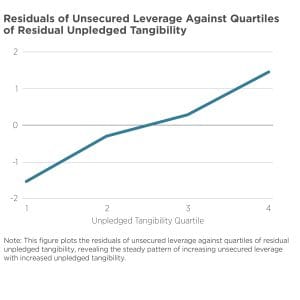- About
- Network
- Research Initiatives
- Big Data Initiative
- Chicago Experiments Initiative
- Health Economics Initiative
- Industrial Organization Initiative
- International Economics and Economic Geography Initiative
- Macroeconomic Research Initiative
- Political Economics Initiative
- Price Theory Initiative
- Public Economics Initiative
- Ronzetti Initiative for the Study of Labor Markets
- Socioeconomic Inequalities Initiative
- Research Initiatives
- Scholars
- Research
- Do Test Scores Misrepresent Test Results? An Item-by-Item AnalysisJesse Bruhn, Michael Gilraine, Jens Ludwig, and Sendhil MullainathanComplexity Theory and Economic InequalitySteven Durlauf, David McMillon, and Scott PageFast Action for Floods: RCT Evidence on Forecastbased Cash Transfers from Bangladesh and NepalPaul J. Christian, Felipe A. Dunsch, Jonas Heirman, Erin M. Kelley, Florence Kondylis, Gregory Lane, Jennifer Waidler, Nidhila Adusumalli, Odbayar Batmunkh, and Kriti Malhotra
- Insights
Videos
BFI Youtube Channel
- Events
Upcoming Events
- News













